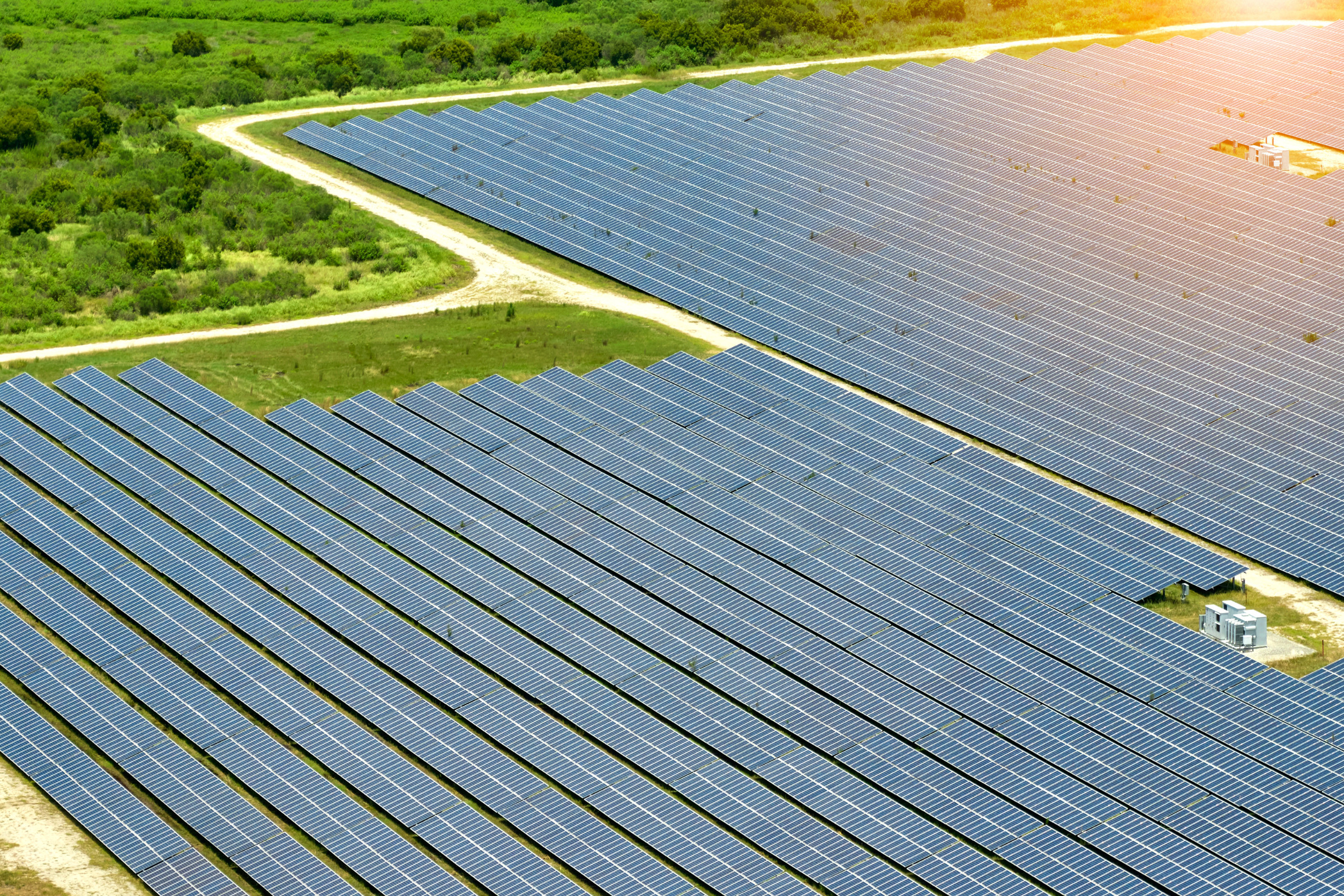Mining the Sun: Some in coal’s epicenter hope to sustain the local economy with renewables
Click here to read this full article as published by Inside Climate News
Solar panels on reclaimed mines could power new industry in the Powder River Basin, but a lack of grid space for renewable electricity and community loyalty to fossil fuels hinder progress. By WYOFILE
By Jake Bolster, Inside Climate News
Coal mines are not static. They move. A years-long time-lapse of a strip mine would show a crater crawling across the Earth as miners gouge pits hundreds of feet deep to expose coal seams, and then haul dirt excavated from the front of the hole to fill in the back, where the mining’s finished. It’s an efficient way to begin the process of “reclamation,” which companies are required to implement to restore the disturbed land to some semblance of its pre-mining condition.
“You don’t want to have to move dirt twice,” as that would make the mining operation more expensive and the reclamation effort more difficult, said Rusty Bell, the director of Gillette College’s Office of Economic Transformation, as he drove his silver Ram pickup to tour coal mines in Wyoming’s Powder River Basin on a sunny day in May. A geological formation stretching from Campbell County across the state’s northeast corner into Montana, the basin is the nation’s largest producer of coal. All but four of its 16 coal mining operations are in Wyoming, many of them within 20 miles of Gillette.
Riding shotgun was Justin Loyka, an energy program director with the Nature Conservancy’s Wyoming chapter. Together, the two are trying to solve a problem the county has been staring down for over a decade: What will happen to Campbell County’s coal mines in a clean energy future? The solution, they believe, could be found in the answer to another question. Regardless of how quickly and cost effectively the mines are filled in, questions of what to do with the land once it’s reclaimed often linger. Could solar farms built on those filled craters help fill the economic void left by the area’s declining coal industry, and fulfill the aspirations of county leaders and residents who want to see it remain a home to industry?
Gillette, a town of about 33,000 residents, sits in the heart of Campbell County, and has been the area’s biggest beneficiary from coal mining. When the industry came to town in the 1970s and boomed two decades later, Campbell County and Gillette soared with it. But while the region is home to some of the country’s last coal mines, its fate, like so many of Wyoming’s boom towns and cities, has been dependent on the financial success and largess of extractive industries. After the fracking boom of the early 2000s and U.S. efforts to transition its energy grids away from fossil fuels to renewable energy, the coal industry has been on a precipitous decline. A new coal-fired power plant has not opened in the U.S. since 2020, and this May, the Bureau of Land Management proposed making federal lands in the Powder River Basin unavailable for future coal mining leases. Many believe it is only a matter of time before coal electricity goes extinct.
Politicians in Wyoming, and several of its communities, many of whom have come to rely heavily on the taxes oil, gas and coal companies pay into state coffers, view the clean energy transition as a threat to the way the state is used to providing jobs and public services. But unlike other parts of the Cowboy State that have gone belly up after the deluge of fossil fuel tax revenue suddenly dried up, Gillette’s way of life has not diminished in tandem with the demand for coal. As Bell put it, the county is “diverse in minerals.” It still draws a substantial amount of its tax revenue from oil and gas severance taxes, which, along with the now declining tax revenue from coal, have helped pay for Gillette’s spacious recreation facilities and state-of-the-art industrial training programs. Both Gillette’s and Campbell County’s median household income are north of $90,000, about 30% higher than the state average, and the area’s population has remained stable during the last decade, according to U.S. Census Bureau estimates, making Gillette the exceedingly rare coal community that is not hemorrhaging its population.
Nevertheless, Bell, Loyka and other community leaders see the writing on the wall for Campbell County’s fossil fuel economy, particularly as it is driven by coal. Clean energy is “where the market is,” said Bell. “I’m not picking and choosing. I’m not deciding this or that. The market’s actually deciding that. I’m just trying to help that pathway.”
In coal country, it isn’t always so easy to see a pathway to renewable energy, yet Bell and Loyka speak enthusiastically about their plan: building solar farms on reclaimed mine lands to jump-start Gillette’s economy of the future. As coal companies begin to exit the basin, or look for other ways to profit from their land, there will be a vacuum both men hope other large industries can fill. Ideally, some of the area’s coal companies would lease a few thousand acres of reclaimed mine land to a renewable energy developer that could build a utility-scale solar farm there. The coal company would get a stable source of revenue from a booming industry, and the solar company would get to build on a site already designated for use by heavy industry and already surrounded by transmission lines, rail infrastructure and power stations in an area with fewer critical habitats for plants and wildlife in need of protection than other parts of the West. Campbell County and Gillette would get a large source of clean energy they could use to lure other industries to the region and diversify their economy.



